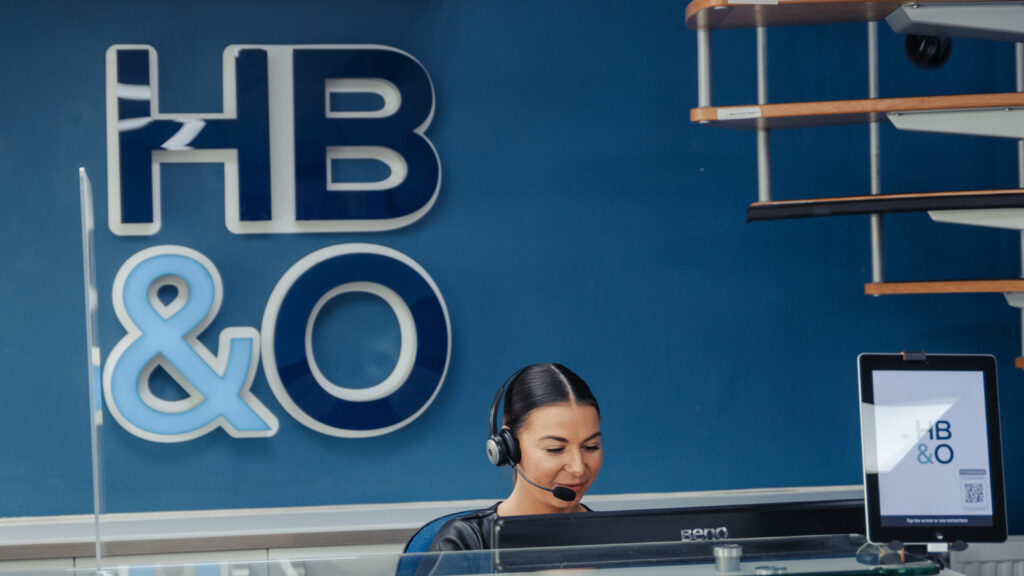We were keenly watching the Budget to see what further funding support would be made available to businesses. As anticipated, Sunak announced a new loan scheme, the Recovery Loan Scheme, to replace the existing support.
From 6 April 2021, the Recovery Loan Scheme will provide lenders with a guarantee of 80% on eligible loans between £25,000 and £10 million to give them confidence in continuing to provide finance to UK businesses. The scheme is open until 31 December 2021 (subject to any further reviews).
Who is eligible to use the Recovery Loan Scheme?
The scheme will be open to all businesses who are trading in the UK, including those who have already received support under the previous COVID-19 guaranteed loan schemes.
To be eligible for a facility under the Recovery Loan Scheme, a business must meet certain eligibility criteria including but not limited to:
- Be able to self-certify that it has been impacted by Covid-19;
- Be UK-based in its business activity and generate more than 50% of its turnover from trading activity (registered charities and further education establishments are exempt from this requirement);
- Be engaged in trading activity in the UK at the time it draws down the facility;
- Have a borrowing proposal that would be considered viable by the lender. In making their assessment, lenders may, but are not required to, disregard any concerns over a business’s short-to-medium term business performance due to the uncertainty and impact of Covid-19; and
- Not be in collective insolvency proceedings. If the applicant is in the scope of the Northern Ireland Protocol then (i) for micro and small enterprises the business was not subject to collective insolvency proceedings or in receipt of rescue aid; or (ii) for other businesses that are not micro and small enterprises they are not an “undertaking in difficulty”, as defined by the EU.
- A business cannot be a bank/ building society; an insurer or reinsurer (can be an insurance broker); a public-sector body; a state-funded primary or secondary school; or an individual other than a sole trader or a partner acting on behalf of a partnership.
- If a lender can offer finance on normal commercial terms without the need to make use of the scheme, they may do so.
Banks, building societies, insurers and reinsurers (but not insurance brokers), public-sector bodies, state-funded primary and secondary schools are unable to apply.
What type of finance is available?
- Term loans and overdrafts will be available between £25,001 and £10 million per business.
- Invoice finance and asset finance will be available between £1,000 and £10 million per business.
How is the Recovery Loan Scheme the same as CBILS?
- No personal guarantees up to £250,000
- Same criteria for UK trading companies, being an available business that is not in financial difficulty.
- The public sector, banks, building societies, insurers and reinsurers, and state-funded primary and secondary schools cannot apply.
- Finance terms are up to six years for term loans and asset finance facilities. For overdrafts and invoice finance facilities, terms will be up to three years.
- The government guarantees 80% of the finance to the lender to ensure they continue to have the confidence to lend.
- A borrower’s principal private residence cannot be taken as security.
How does the Recovery Loan Scheme differ from CBILS?
- Interest and fees will be paid by the business from the outset; companies would be required to meet the costs of interest payments and any fees associated with the facility.
- Starts from £25k and goes up to £10m.
- No turnover limit for applications (£45mpreviously).
- No 25% of the turnover limit.
- No more secured product.
- A business can apply for the Recovery LoanScheme even if it has an existing BBL, CBIL coronavirus Large Business Interruption Loan (CLBIL).
How do you apply for the Recovery Loan Scheme?
RLS is available through the British Business Bank’s accredited lenders, which are listed on the RLS Accredited lenders page. This list will be kept updated as new lenders are accredited.
In the first instance, you should approach your usual lender– ideally via their website. You may also consider approaching other lenders if you are unable to access the finance you need.
Decision-making on whether you are eligible for RLS and whether it is suitable for you is fully delegated to the accredited RLS lenders. These lenders range from high street and challenger banks to asset-based lenders and smaller specialist local lenders.
Can a business benefit from multiple facilities across different products?
Yes, subject to meeting the scheme eligibility requirements and provided they do not borrow more than the maximum amount they are entitled to. The maximum amount a business can borrow across different facilities and schemes will depend on a lender’s assessment of affordability and scheme requirements.
What will the terms be?
- Finance terms are up to six years for term loans and asset finance facilities.
- For overdrafts and invoice finance facilities, terms will be up to three years.
What is the maximum amount a business can borrow under the RLS?
The maximum facility size varies starting at £1,000 for asset and invoice finance, and £25,001 for term loans and overdrafts. The maximum value of a facility per business is the lesser of £10m or 25% of 2019 turnover or double the wage bill of 2019. Anything borrowed under CBILS or CLBILS will count towards a business’ maximum amount. The amount is also subject to a limit of £30m per borrower group.
When do you have to start repayments?
This will depend on a lender’s own policies and may vary between lenders. For example, some lenders may offer a Capital Repayment Holiday (CRH) for a period of time at the outset of the facility, but this is not a standard feature of RLS. The same applies for interest payments and other lender-levied fees, which will be the responsibility of the borrower.
Interest payments and capital repayments will commonly start a month after taking out a facility and be monthly thereafter.
Unlike BBLS and CBILS, the government does not provide a 12-month ‘Business Interruption Payment’ for RLS.
Will a personal guarantee be required?
No personal guarantees will be taken on facilities up to £250,000, and a borrower’s principal private residence cannot be taken as security.
What can you use a Recovery Loan for?
The finance can be used for any legitimate business purpose, including growth and investment.
Can a business refinance their BBLS/CBILS/CLBILS?
Yes, where total financing needs (including any increase) are greater than the minimum facility sizes available under RLS.
Any re-financing will be considered as a new application for RLS, so will be subject to meeting the Scheme eligibility criteria. Re-financing can be sought with your existing lender or a different accredited lender.
Existing BBLS borrowers are able to refinance under RLS, however, borrower protections and scheme eligibility/ terms under these schemes differ. Businesses should first discuss with their lender.
The total amount a business can borrow, including any additional lending sought as part of the refinancing of an existing facility will depend on a lender’s affordability assessment and Scheme requirements.
What supporting documents might I need to apply?
You may need to provide certain documents when you apply for a RLS backed facility. These requirements vary from lender to lender, but are likely to include:
- Loan amount, purpose, and term
- A short paragraph on the business background and how it has been impacted by Covid-19
- Last 2 full sets of filed accounts
- Last 12 months bank statements (PDF format & no older than 7 days)
- Shareholder & directors details – name, DOB and home address
- Up to date management accounts
- Current debt position of existing loans, facilities etc
If you do not have everything listed here, an RLS facility could still be an option to provide finance to support your business. We are offering a free loan application review for our clients. We’ll take a look at your application before you submit it to the lender, offering guidance for any necessary changes and highlight any additional information you may need to include to improve the likelihood of your application being approved.
If you have any questions on any funding options or would like assistance in applying for funding, contact HB&O’s Corporate Finance Director, Greg Philp, at [email protected].














